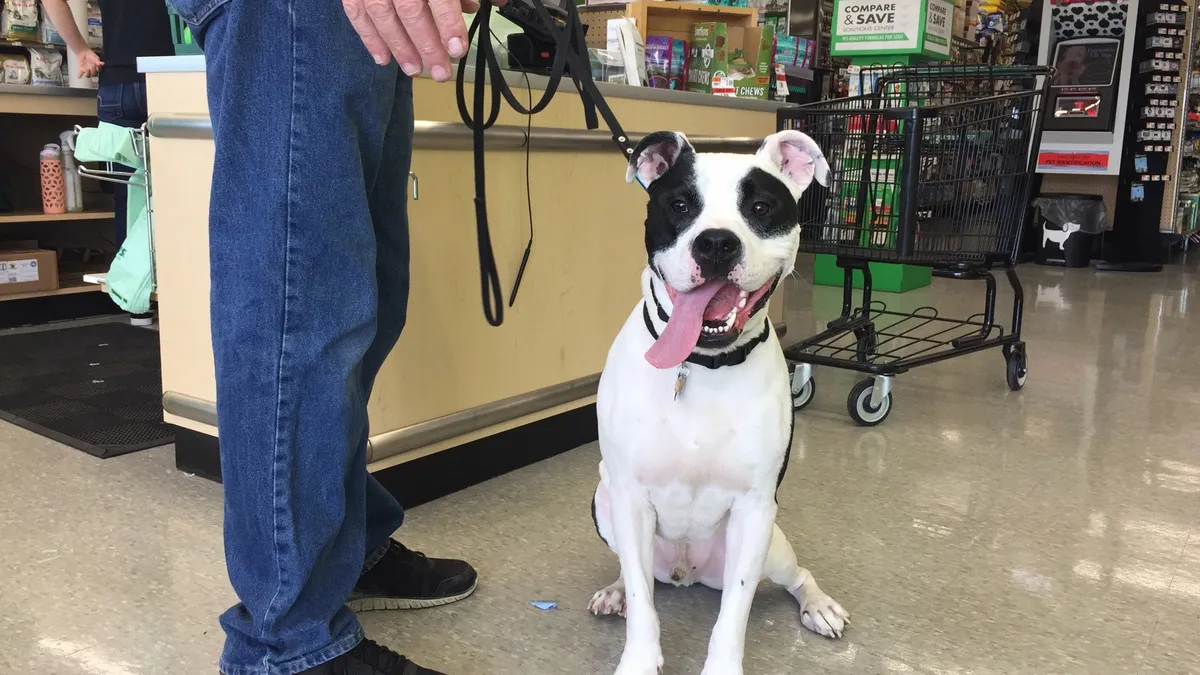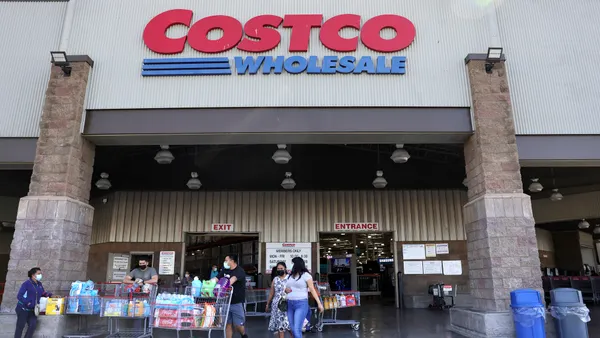With artisans and vintage collectors who reflect creativity, whimsy, and pride in their work, and with an air of an old-fashioned collective, Etsy — no clue where the name comes from — is in many ways an antidote to the technological supremacy of our time.
Etsy is the anti-industrial revolution, the return of the guild — available everywhere, for anyone, because it’s online. It is old-fashioned and high-tech at once, the perfect 21st century e-commerce venture.
Well, maybe not perfect. But Etsy is on a roll, and so far has managed to hold on to its valuable sensibility while expanding its global and commercial reach. In short, Etsy has ambitions and is taking steps to achieve them.
Etsy’s beginnings
Etsy was launched in 2005 by then 25-year-old Robert Kalin as an online marketplace for homemade goods. Kalin is the perfect Etsy customer — he happily pays extra for handmade things, and the perfect Etsy seller — he makes his own furniture and his own underwear.
What Kalin doesn't have, by his own admission, is much of a regard for what it takes to grow a business. Though he successfully led the company in two stints as CEO, making savvy hires from the tech world, it is now CEO Chad Dickerson who is helping take the online marketplace to new places, including expanding globally and introducing wholesale capabilities.
Etsy’s appeal
For consumers, Etsy is a place for finding unique, high-quality things, often at reasonable prices. Most sellers on Etsy also take the time to present their packages with great care, leaving customers with that feeling of being cared for, that the buyer-seller relationship is important and truly personal.
The marketplace has unique categories, too, like homemade or vegan cosmetics, that can be nearly impossible to find otherwise.
For sellers, many of whom are engaged in an activity that is or was once only a hobby or an abiding interest, Etsy provides a way to scale their business to the extent that it can make them a living.
The company also recently became qualified as a B Corp., which aligns it with strict social standards that appeal not just to their quirky buyers and sellers but also to many of the top-notch people they’d like to hire.
Etsy’s stumbles
Read all about Etsy’s founding, its history, its lovely products and the integrity of its sellers, and you get the picture that a large part of Etsy’s appeal — its brand, no less — lies in its authenticity. It was quite the black eye, then, when then newly appointed CEO Chad Dickerson in 2012 praised goods that were Chinese factory-made knock-offs, from a seller that fans and users vehemently believe has no place on the site.
The brouhaha led to a new set of guidelines from Etsy and an apology from Dickerson, and the company will likely have to continue to carefully maintain an openness to various production methods without trampling on the essentials of its brand.
Etsy’s expansion
By many measures, Etsy is already a success. A million artisans and other small-business people sell there, there are 40 million registered buyers, 26 million items for sale, and Etsy sells in 200 countries, according to a CBS interview with Dickerson. The business has been profitable since 2009.
And it’s not standing still. The company has made six acquisitions, including buying French artisanal marketplace A Little Market just this summer.
And in April, in one of its most profound moves, Etsy has officially become a wholesaler, providing ways for its members to sell their products to retailers like Nordstrom, West Elm, and Anthropologie.
As of this month, Etsy Wholesale is out of beta, taking a 3.5% commission on wholesale transactions, equal to what it takes on its retail site, but lower than the industry standard 35%. Sellers operating through Etsy Wholesale will also be assigned an expert to help them with the wholesale side of their business, which for many is a new enterprise.
Sucharita Mulpuru, vice president and principal analyst at Forrester Research, told the New York Times that Etsy Wholesale is providing never-before-possible opportunities for artisans, small retailers, and micro-retailers.
“Trying to get a meeting with a buyer is hard to do, and you may not know where to go,” Mulpuru told the New York Times. “It requires a lot of marketing savvy. What Etsy has done is to allow the product to sell itself.”
Etsy’s future
Etsy once downplayed the prospects of going public, but Dickerson is now saying it’s a possibility. The company continues its tradition of constant upgrades and improvements that are accomplished with care.
The company early this summer announced one of its most important hires, Pandora executive Mike Grishaver, as head of product.
The arrival of Grishaver is a further sign that Etsy is in the midst of an evolution. Its fans — buyers and sellers alike — will be watching carefully that it doesn’t stray too far from its original character, its offline approach to an online enterprise. The magazine The Economist recently compared Etsy to the 19th century Arts-and-Crafts designer William Morris, who believed in the importance of artisanal design and manufacture in a mass-production world.
“If you want a golden rule that will fit everything, this is it,” Morris once said. “Have nothing in your houses that you do not know to be useful or believe to be beautiful.”
And, with the technology of the 21st century to help keep artisans in business, you may always be able to find whatever that is on Etsy.
Would you like to see more retail news like this in your inbox on a daily basis? Subscribe to our Retail Dive email newsletter! You may also want to read Retail Dive's look the practice of "vanity sizing" in retail.





















